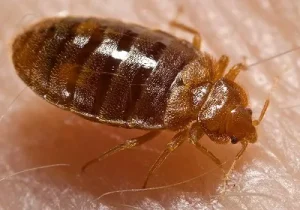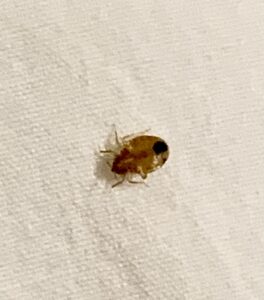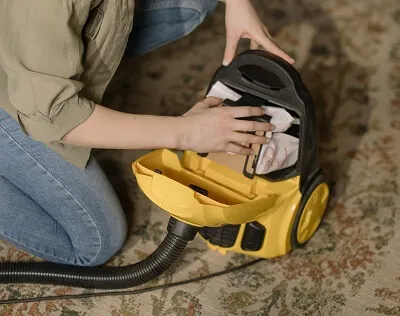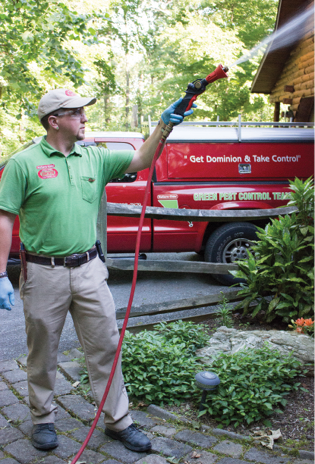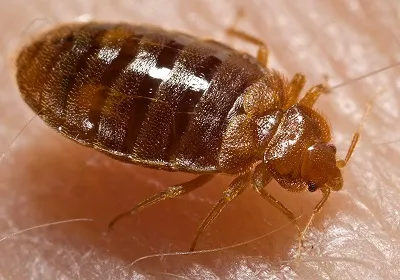How to Tell if You Have Bed Bugs
Wondering how to tell if you have bed bugs? Look for itchy, red bites on your skin, dark stains or shed skins on bedding, and a musty odor in your room. Bed bugs hide in mattresses, furniture, and cracks, making detection tricky.
A Dominion Pest Control technician can conduct a thorough bed bug inspection and identify an infestation. If you have a bed bug problem in your home or business, we will create a tailored treatment plan for effective extermination. Our expertise in bed bug control provides complete removal and long-term relief. Learn what makes us the best local exterminator for bed bugs.
Bed Bugs
What Are the Most Common Types of Bed Bugs in Pennsylvania?
There is one primary species of bed bug that affects Pennsylvania homes and businesses:
- Cimex lectularius (Common Bed Bug) – The most widespread species in Pennsylvania, these bed bugs thrive in homes, hotels, and dormitories. They prefer feeding on human blood but can also survive on pets and other warm-blooded hosts.
Other less common types, such as the Tropical Bed Bug (Cimex hemipterus), are occasionally found in warmer climates but are rare in Pennsylvania.
When Are Bed Bugs Most Active in Pennsylvania?
Unlike seasonal pests, bed bugs remain active year-round, thriving in warm indoor environments. However, infestations may become more noticeable in different seasons due to travel patterns and heating conditions:
- Winter – Increased activity indoors as people use central heating, which bed bugs thrive in.
- Spring & Summer – Higher risk due to increased travel and vacations, where bed bugs spread from hotels and public places.
- Fall – College dormitories and student housing see higher infestation rates due to returning students bringing bed bugs from different locations
Look for the Following Signs of Bed Bug Infestation:
- Red, Itchy Bites – Bed bug bites often appear in clusters or lines on exposed skin, usually on arms, legs, or back. They can be mistaken for mosquito bites but often show up in a distinct pattern.
- Dark Stains on Bedding – Small, rust-colored stains on sheets and mattresses result from bed bugs being crushed or their excrement left behind after feeding.
- Shed Skins and Eggs – Bed bugs molt multiple times before reaching adulthood. You may find their discarded skins or tiny white eggs near mattress seams, bed frames, or furniture joints.
- Musty Odor – A strong, sweet, musty smell may be noticeable in heavily infested areas, caused by bed bugs releasing pheromones.
- Live Bed Bugs – Adult bed bugs are about the size of an apple seed, reddish-brown, and oval-shaped. They tend to hide during the day in cracks, seams, and crevices near sleeping areas.
How Can I Get Rid of Bed Bugs
Dominion Pest Control, a member of the International Bed Bug Resource Authority, is well trained and highly experienced in bed bug treatments and staffed with bed bug exterminators who know how to get rid of bed bugs for good and keep them away.
We may use the following bed bug treatment options:
- Heat Treatment – Raising the temperature in an infested area to lethal levels for bed bugs, ensuring complete extermination without chemicals.
- Chemical Treatment – Targeted pesticide application in cracks, crevices, and common hiding spots to eliminate bed bugs at all life stages.
- Steam Treatment – High-temperature steam used on mattresses, furniture, and carpets to kill bed bugs and eggs.
- Encasements – Specialized mattress and box spring encasements prevent bed bugs from escaping or infesting new areas.
- Vacuuming and Cleaning – Professional vacuuming to remove bed bugs and eggs from surfaces, reducing infestation size before treatment.
However, even with a professional pest control company, it may take two to four treatments to completely eradicate bed bugs from your home.
Common Options We Do Not Recommend
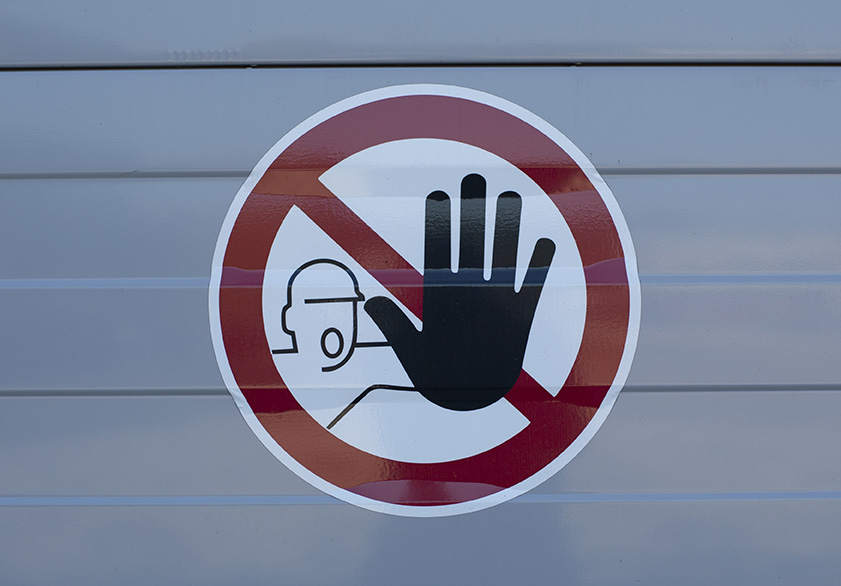
- DIY Bed Bug Sprays – Most over-the-counter sprays only kill on contact and do not eliminate hidden populations.
- Bug Bombs or Foggers – These methods may scatter bed bugs deeper into walls and furniture, making infestations harder to treat.
- Natural Remedies (Lavender, Tea Tree Oil, etc.) – While some essential oils may deter bed bugs, they do not effectively eliminate an infestation.
What’s My Next Step for Bed Bug Control?
Choose peace of mind! If you suspect a bed bug infestation, use our form to start living pest-free. Dominion Pest Control will get in touch ASAP. Bed bugs can spread rapidly (read: How Fast Do Bed Bugs Spread)
Pricing: Professional bed bug extermination typically ranges from $500-$1,500, depending on the severity of the infestation, number of rooms, and treatment methods used. (Read How Much Does It Cost To Get Rid of Bed Bugs?) After an inspection, our technician will provide a detailed quote.
How to Prepare for Your Exterminator: Essential Tips for a Successful Treatment
Preparation is crucial for effective bed bug treatment. Your technician will provide detailed instructions. We provide a Bed Bug Prep Sheet for your convenience.
General preparation steps include:
- Encase Mattresses and Box Springs: Use bed bug-proof encasements to prevent reinfestation.
- Wash and Dry Bedding and Clothing on High Heat: Heat kills bed bugs and their eggs.
- Declutter the Room: Remove items from under beds and closets to allow thorough treatment.
- Vacuum Thoroughly: Focus on carpets, furniture, and mattress seams.
Prevention: Best Next Steps to Avoid Re-Infestation of Bed Bugs
After your home has been treated, follow these steps to prevent future bed bug issues and refer to our Bed Bug Prep Sheet as well:
- Inspect Used Furniture and Mattresses – Avoid bringing in second-hand items without a thorough inspection. (How to Dispose of Bed Bug Infested Furniture)
- Be Cautious When Traveling – Check hotel rooms for signs of bed bugs and keep luggage elevated.
- Regularly Wash Bedding – Hot water and high heat drying help eliminate any potential hitchhikers.
- Use Protective Covers – Mattress encasements reduce the risk of future infestations.
- Schedule Regular Inspections – Dominion Pest Control can monitor for early signs of bed bug activity.
By paying attention to the causes of bed bug infestation and following the prep sheet and these preventative measures, you can maintain a bed-bug-free environment in your house.
FAQs
What do bed bugs look like?
Bed bugs are small, oval, reddish-brown insects about the size of an apple seed (4-5 mm long). They have flat bodies when unfed but swell and turn a darker red after feeding on blood. Nymphs (young bed bugs) are smaller and lighter in color, almost translucent, making them harder to spot. Their six legs and two antennae help them navigate, and while they do not fly, they move quickly across surfaces.
Do bed bugs fly?
No, bed bugs do not fly. They do not have wings and can only move by crawling. However, they are fast movers and can spread by hitching rides on clothing, luggage, furniture, and other items.
How do bed bugs start?
Bed bugs usually start an infestation by hitching a ride on luggage, clothing, furniture, or other items moved from an infested area.
Where do bed bugs come from?
They don’t appear spontaneously; they are introduced into homes, hotels, offices, or other spaces by traveling on people’s belongings.
Can I get rid of bed bugs myself?
DIY treatments often fail because bed bugs hide in hard-to-reach places. Professional extermination is the most reliable way to eliminate an infestation completely
Do bed bugs transmit diseases?
No, bed bugs do not transmit diseases, but their bites can cause itching, allergic reactions, and sleep disturbances.
Can bed bugs survive if a house is vacated for weeks?
Without their source of a blood meal and temperate environment, they will eventually die. However, it can take some time for them to die off. Read How Long Can Bed Bugs Livein an Empty House and other FAQs about bed bugs.
